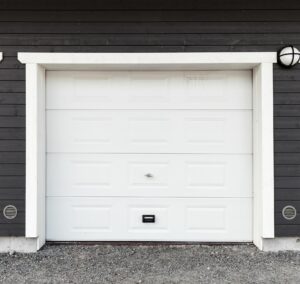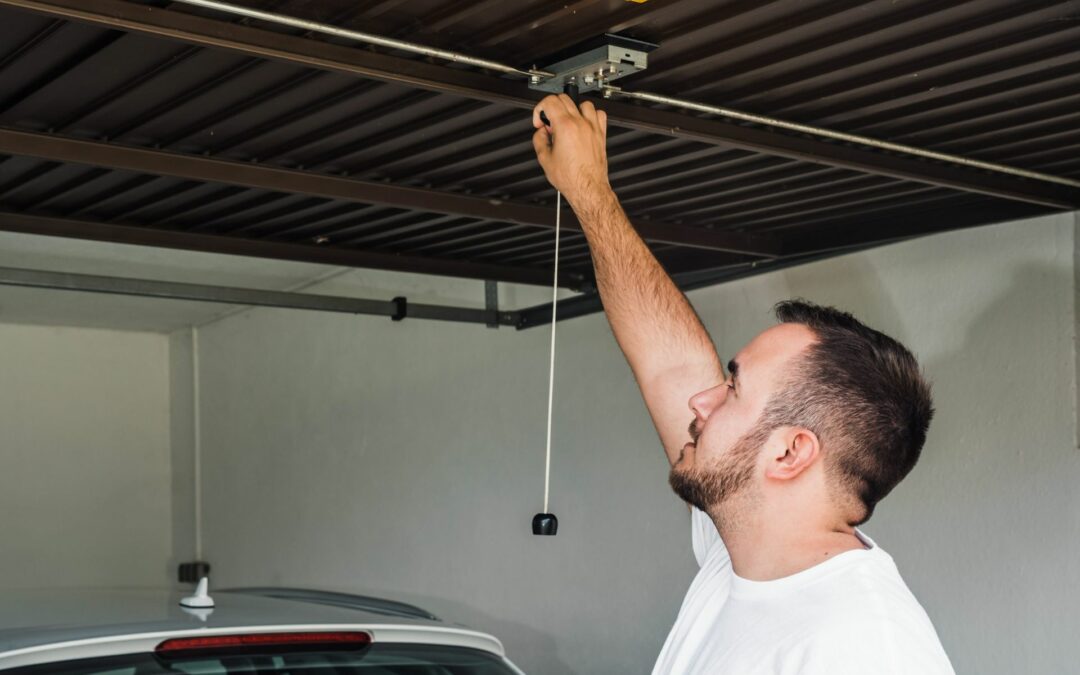Identifying the Issue: Common Reasons Why Your Garage Door Won’t Open
Garage doors are meant to provide convenience and security, but when they refuse to open, it can be frustrating and inconvenient. There are several common reasons why your garage door won’t open, and it’s important to identify the issue so that you can take the appropriate steps to fix it.
One of the most common reasons why a garage door won’t open is a problem with the power source. Sometimes, the garage door opener may not be receiving electricity, which can prevent it from functioning properly. Before jumping to any conclusions, it’s important to check if the opener is plugged in and if there are any tripped circuit breakers or blown fuses. If everything seems to be in order, it may be a sign of a bigger electrical issue that requires professional assistance.
Another common culprit for a garage door that refuses to open is a malfunctioning remote control. The remote control sends signals to the opener, telling it to open or close the door. If the remote control is not working properly, it can prevent the door from opening. To troubleshoot this issue, you can try changing the batteries in the remote control or testing it with a different remote control if you have one available. If the door responds to a different remote control, it’s likely that the original remote control is the problem and needs to be repaired or replaced.
Identifying the issue behind a garage door that won’t open is the first step toward finding a solution. By checking for power and troubleshooting the remote control, you can narrow down the possible causes of the problem. However, if these simple fixes don’t work, it may be necessary to seek professional help to avoid causing further damage to your garage door.

Checking for Power: Is Your Garage Door Opener Receiving Electricity?
If your garage door won’t open, the first thing you’ll want to check is whether your garage door opener is receiving electricity. There are a few reasons why your opener might not be getting power. The most common issue is a tripped circuit breaker or a blown fuse.
Sometimes, the circuit that controls your garage door opener can become overloaded, causing the breaker to trip or the fuse to blow. To check if this is the problem, simply locate your electrical panel and see if the breaker for your garage door opener has been tripped or if the fuse has blown. If so, you can reset the breaker or replace the fuse to restore power to your opener.
Another possibility is that the power cord for your garage door opener may have become unplugged or damaged. Take a look at the cord and make sure it is securely plugged into an electrical outlet. If the cord appears to be damaged, you should replace it to ensure your opener receives proper power.
In addition to these common issues, it’s worth noting that some garage door openers have a power switch on the unit itself. This switch may have been accidentally turned off, so double-check that it is in the correct position. Overall, checking for power is a crucial step in troubleshooting a garage door that won’t open. By identifying and resolving power-related issues, you can increase the likelihood of getting your garage door working again.
Troubleshooting the Remote: How to Determine if the Remote Control is the Problem
Does your garage door refuse to budge despite pressing the remote control multiple times? The culprit might just be the remote itself. Before you start worrying about more serious issues, it’s important to troubleshoot the remote to determine if it’s the source of the problem.
Firstly, check if the remote control is properly working by replacing the batteries. Often, batteries can lose power over time and can cause the remote to malfunction.
If replacing the batteries doesn’t do the trick, inspect the remote for any visible damage. Sometimes, a drop or even water damage can impair the remote’s functionality. If you notice any cracks or signs of water infiltration, it might be time to consider purchasing a new remote control.
Remember, troubleshooting the remote is just one step in the process of getting your garage door to open. If you’ve ruled out the remote as the problem, there are still other factors to consider. From checking for power to understanding when it’s time to contact a professional, we’ll walk you through all the necessary steps to get your garage door functioning properly again.
Manual Override: Using the Emergency Release Cord to Open the Door
When your garage door refuses to open, it can be frustrating and inconvenient. Fortunately, most garage doors are equipped with an emergency release cord that can be used as a manual override. This cord is typically located near the top of the garage door opener unit. To use the emergency release cord, simply pull down on it in a firm and steady motion. This will disengage the trolley from the opener carriage and allow you to manually open the door.
It’s important to note that using the emergency release cord should only be done when the door is in the fully closed position to avoid any potential safety hazards. By using the manual override feature, you can gain access to your garage even when the power is out, or the opener is experiencing issues.
However, it’s worth mentioning that manually opening the door can require some physical strength, especially if you have a heavier or older door. Additionally, keep in mind that using the emergency release cord will temporarily disable the automatic functioning of the opener.
Therefore, once the door is manually opened, you’ll need to re-engage the trolley to the carriage by pulling the cord in the opposite direction towards the opener unit. This will allow the door to operate normally once power is restored, or the underlying issue is fixed.
Avoiding Further Damage: What Not to Do When Your Garage Door Won’t Open
When your garage door doesn’t open, it can be frustrating and tempting to try and force it open using excessive force or by trying various methods. However, there are a few things you should never do when faced with this situation in order to avoid further damage.
First and foremost, it is important to resist the temptation to forcefully push or pull the garage door open. This can put unnecessary strain on the door and its components, potentially causing more damage and even leading to a complete malfunction.
Instead, take a step back and try to identify the underlying issue that is preventing the door from opening. It could be a simple problem such as a dead battery in the remote control or a lack of power supply to the garage door opener. By troubleshooting and identifying the root cause, you can avoid causing additional harm to the door and potentially save on repair costs.
Take Action: Secure Your Safety and Peace of Mind
Don’t wait for a malfunction to disrupt your life or compromise your safety. Regular maintenance and prompt attention to any signs of trouble can prevent the inconvenience, danger, and potential costs associated with a malfunctioning garage door. Contact our team of expert technicians today and get started.

